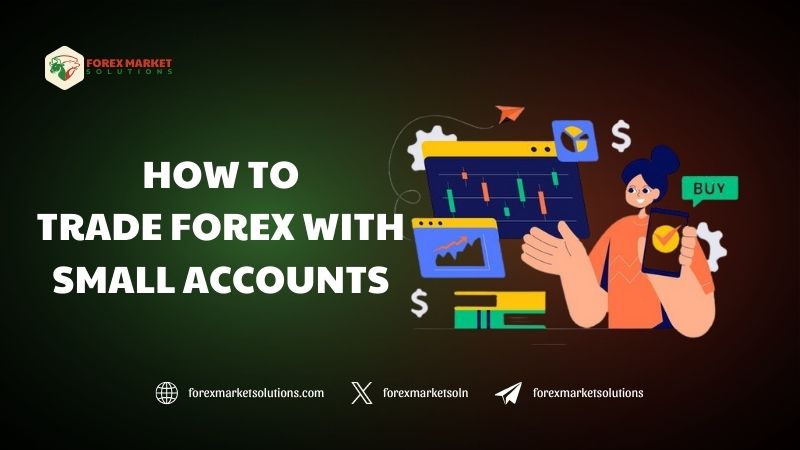Forex trading offers a gateway to financial markets that’s accessible to almost anyone, regardless of starting capital. For those wondering how to trade Forex with small accounts, the good news is that even a modest balance—say, $100 or $500—can kickstart your journey in 2025. The key lies in leveraging smart strategies, disciplined risk management, and the right tools to maximize potential while minimizing losses. With the Forex market evolving amid economic shifts, technological advancements, and increased retail participation, small-account traders can thrive by focusing on precision rather than scale. This comprehensive guide explores practical ways to succeed with limited funds, turning constraints into opportunities.
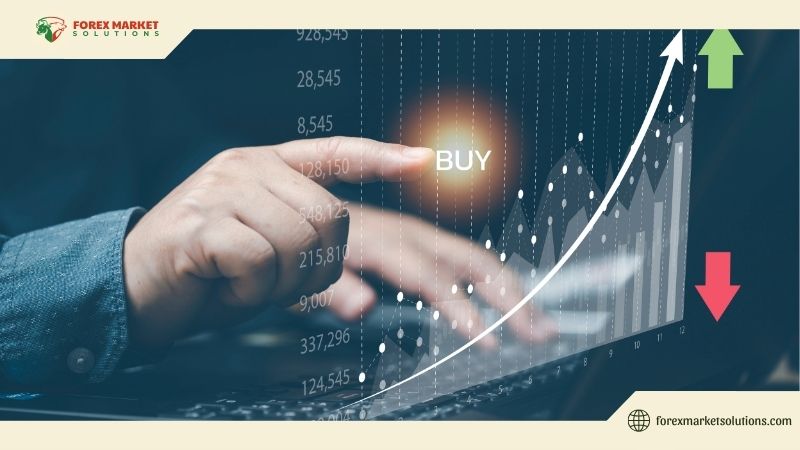
The allure of Forex lies in its flexibility—24/5 trading, diverse currency pairs, and high liquidity make it ideal for beginners. However, starting small brings unique challenges, from tight margins to the temptation of overleveraging. Understanding how to trade Forex with small accounts addresses these hurdles, offering a roadmap to grow your capital steadily in a year poised for volatility. Whether you’re dipping your toes into EUR/USD or aiming to build a side income, this article provides actionable steps to navigate the market confidently with a modest account in 2025.
The Appeal of Small-Account Forex Trading
Before diving into techniques, it’s worth exploring why trading Forex with a small account is appealing. Unlike stocks or real estate, Forex requires no hefty upfront investment—brokers now offer micro-lots (1,000 units) or even nano-lots (100 units), letting you trade with as little as $10. This low entry barrier democratizes trading, especially in 2025, as digital platforms and mobile apps bring markets to your fingertips.
Small accounts also teach discipline early. With limited funds—say, $200—you can’t afford reckless bets, forcing you to hone risk management and strategy from day one. Success here builds a foundation for larger accounts later, as every pip gained feels meaningful. In a year shaped by interest rate changes and global trade dynamics, mastering how to trade Forex with small accounts turns a modest start into a proving ground for skill and patience.
Moreover, small-account trading fits diverse goals. You might aim for 5% monthly growth—turning $100 into $105—or simply learn without risking savings. This flexibility makes Forex a practical choice for beginners seeking growth without breaking the bank.
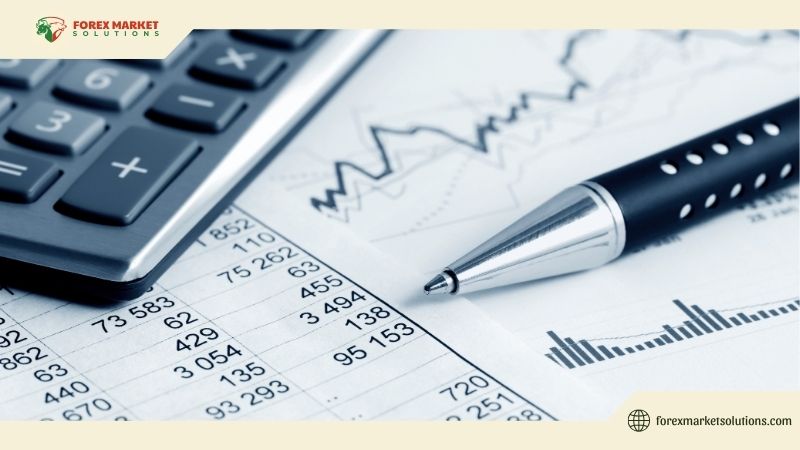
Setting Up for Success with a Small Account
Success begins with preparation, and a few key steps lay the groundwork for trading with limited capital. Start with a reliable broker offering micro or nano-lot trading—think XM or OANDA—ensuring low spreads (e.g., 1 pip on EUR/USD) to keep costs down. In 2025, many brokers cater to small accounts with no minimum deposit, a boon for beginners.
Open a demo account first. Practice with $500 virtual funds, mimicking your real budget—buy 0.01 lots of USD/JPY at 148.00, set a stop at 147.50—to test strategies risk-free. This builds familiarity with platforms like MetaTrader 4, widely used in 2025, and boosts confidence before going live.
Risk management is your lifeline. Limit each trade to 1-2% of your account—$1-$2 on a $100 balance—using tight stops to protect capital. Focus on major pairs like GBP/USD for their liquidity and lower volatility, easing your entry. With these foundations, you’re ready to explore how to trade Forex with small accounts effectively.
How to Trade Forex with Small Accounts: Top Strategies
Mastering how to trade Forex with small accounts hinges on strategies that maximize small moves while keeping risk low. One effective method is the Daily Breakout strategy. On a daily EUR/USD chart, identify the previous day’s high (e.g., 1.1050) and low (1.1000). Buy if price breaks above 1.1050 with a stop at 1.1020 (30 pips risk), targeting 1.1110 (60 pips gain). This 1:2 risk-reward ratio suits small accounts—$1 risked earns $2—capitalizing on 2025’s volatility from ECB announcements.
Another approach is the Moving Average Pullback. Plot a 20-day moving average on USD/CAD—say, at 1.3700 during an uptrend. Wait for price to dip to this line, buying at 1.3705 with a stop at 1.3675 (30 pips) and a target at 1.3765 (60 pips). In 2025, with oil prices swaying CAD, this leverages trends safely, perfect for a $200 account trading 0.02 lots.
Scalping offers quick wins for small balances. On a 5-minute GBP/USD chart during London open, buy at 1.3000 after a bounce from support, stop at 1.2985 (15 pips), and take 15 pips at 1.3015. Limit daily trades to three, aiming for 45 pips total—$4.50 on 0.03 lots. This fits 2025’s fast digital markets, growing $150 steadily.
The Range Trading strategy suits consolidation. If AUD/USD oscillates between 0.6650 and 0.6750, buy at 0.6655 (stop 0.6635) and sell at 0.6745, risking 20 pips for 90. In 2025’s choppy post-rate-hike phases, this keeps small accounts active without chasing trends.
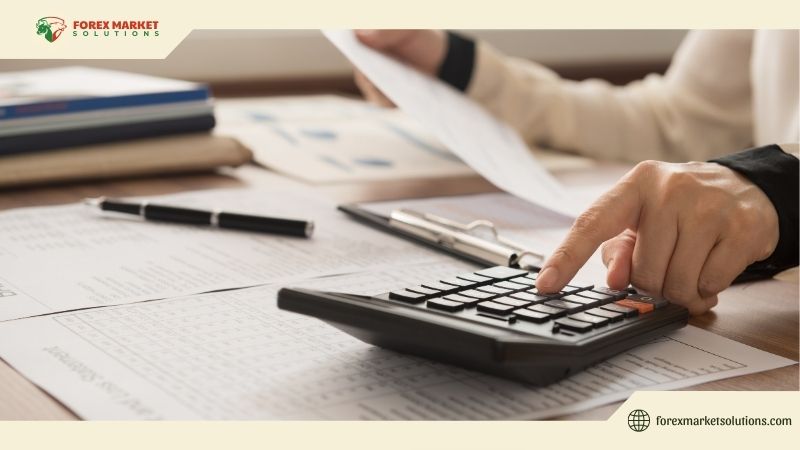
Leveraging Tools for Small Accounts
In 2025, technology levels the playing field for small-account traders. MetaTrader’s one-click trading executes orders fast—buy 0.01 lots of EUR/USD at 1.1020 instantly—saving time on a $100 account. Economic calendars flag high-impact events—US CPI or RBA decisions—letting you avoid or ride volatility. Set TradingView alerts at 1.3700 on USD/CAD, ensuring you catch pullbacks without constant watching.
Low-cost VPS options—$5/month from brokers—keep trades running 24/7, vital for daily breakouts. Journaling apps log each trade—did scalping net 30 pips?—refining your grasp of how to trade Forex with small accounts. These tools stretch your limited capital further, enhancing efficiency.
Avoiding Pitfalls with Small Funds
Small accounts amplify mistakes, so caution is key. Overleveraging—using 50:1 on $50—can wipe you out with a 2% move; stick to 5:1 or 10:1. Trading too many pairs dilutes focus—limit yourself to EUR/USD and USD/JPY. Chasing losses by doubling lots after a miss snowballs risk—pause, review, and reset instead.
Ignoring fees hurts too—1-pip spreads on 0.01 lots cost $0.10 per trade, eating gains on $100. Pick brokers with tight spreads, ensuring how to trade Forex with small accounts stays profitable. Patience, not haste, drives growth.
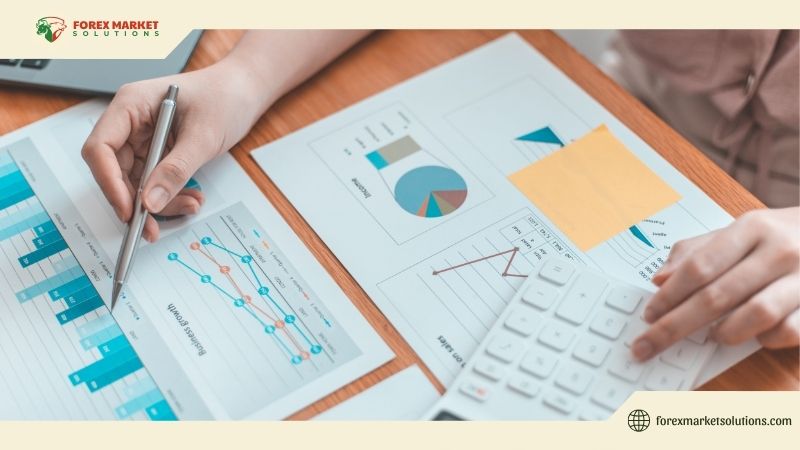
Growing Your Small Account
Growth comes from compounding and consistency. On a $100 account, aim for 5% monthly—$5—via 25 pips weekly on 0.02 lots. Reinvest profits—$105 becomes $110.25 next month—snowballing over time. After six months at 5%, you’re at $134; a year hits $179. In 2025, with disciplined scalping or breakouts, $200 could near $400, proving small starts scale.
Practice refines this. Demo-test breakouts—buy AUD/USD at 0.6700, sell at 0.6750—then go live with $50, adjusting based on results. This builds the skill to master how to trade Forex with small accounts, turning cents into dollars.
Thrive with Small Capital
Learning how to trade Forex with small accounts unlocks a world of potential in 2025. From breakouts to scalping, these strategies—paired with tight risk control and smart tools—grow your funds safely, no matter the starting size. In a market ripe with opportunity, small accounts aren’t a limit—they’re a launchpad. Master how to trade Forex with small accounts, and watch your trading journey flourish.
For more strategies and market insights, follow Forex Market Solutions – your guide to Forex success in 2025 and beyond.
